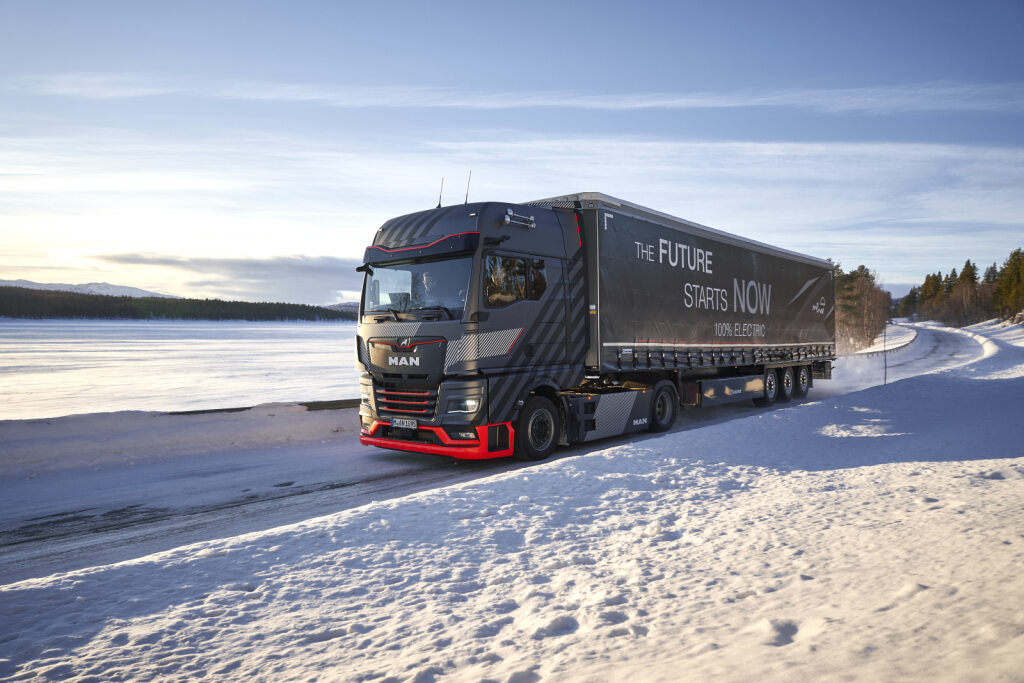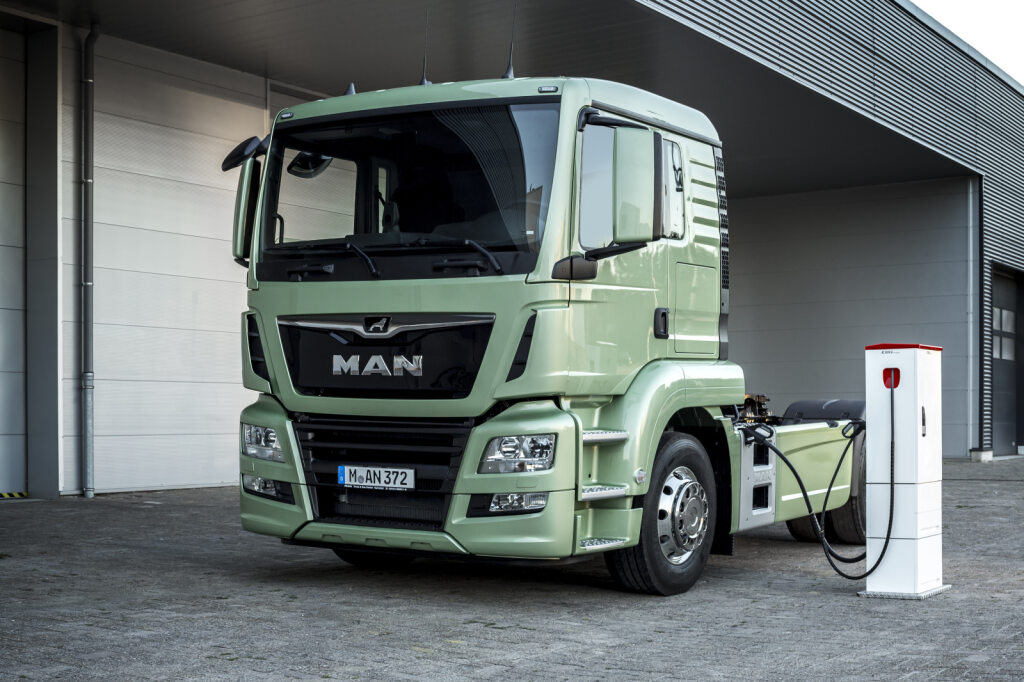The 38th International Electric Vehicle Symposium & Exposition
E-Mobility Comes to the Fore in the Van and Truck Sector
Publication date: 04 March 2025
The shift towards e-mobility in the van and truck sector is accelerating, particularly in Europe, as manufacturers and logistics companies embrace electric vehicles (EVs) to meet stringent emissions regulations and sustainability goals.

FOCUS on Transport & Logistics reports that, with advancements in battery technology, charging infrastructure, and government incentives, electric vans and trucks are becoming a viable alternative to diesel-powered fleets.
Regulatory Push and Industry Commitment
European governments have been at the forefront of pushing for zero-emission transport, introducing strict CO₂ reduction targets and incentives to accelerate the transition. The European Union’s Fit for 55 package mandates a 90% reduction in truck emissions by 2040, and cities like London, Paris, and Amsterdam are implementing low-emission zones (LEZs), restricting diesel vehicles and incentivising the adoption of electric commercial vehicles (eCVs).
In response, major manufacturers have committed to electrification. Companies such as Volvo Trucks, Mercedes-Benz Trucks, MAN, and Renault Trucks have all launched battery-electric models designed for urban and regional deliveries. Continuing on this theme, the Mercedes-Benz eActros 600 is 2025 International Truck of the Year.
Similarly, Volkswagen, Ford, and Stellantis have introduced electric vans such as the ID. Buzz Cargo, E-Transit, and Citroën ë-Jumpy, respectively.
According to Charleen Clarke, editorial director of FOCUS on Transport & Logistics, it has been fascinating to see completely new entrants emerging within the electric van sector. “Recently, we have attended the launches of two extremely significant electric van ranges. The reveal of Flexis took place in France last month while the reveal of the new Kia electric van, the PV5, was held in Spain,” she reveals.
Advancements in Battery and Charging Technology
One of the key enablers of e-mobility in commercial vehicles is the advancement of battery technology. Modern lithium-ion and solid-state batteries offer longer ranges, faster charging times, and improved durability, making electric vans and trucks increasingly practical for logistics companies.
Charging infrastructure is also expanding rapidly. The European Commission’s Alternative Fuels Infrastructure Regulation (AFIR) aims to ensure that fast-charging stations are available every 60km along key highways. Manufacturers are also rolling out megawatt charging solutions, allowing heavy-duty electric trucks to recharge in under 45 minutes.

Fleet Operators Driving Adoption
Leading logistics firms are spearheading the transition. DPD, DHL, and Amazon have deployed thousands of electric vans, reducing their carbon footprint while cutting fuel and maintenance costs. Meanwhile, transport companies like DB Schenker and Maersk are integrating electric HGVs into their fleets to comply with sustainability commitments.
The e-mobility sector isn’t without its challenges. Infrastructure is lacking while there is still a relatively limited appetite for e-truck procurement, largely thanks to high prices. However, as battery technology improves and charging infrastructure expands, e-mobility in the van and truck sector is no longer just an experiment – it is becoming the industry standard. With increasing demand for cleaner logistics, Europe is paving the way for a zero-emission future in road transport.
- FOCUS on Transport & Logistics is Africa’s leading commercial vehicle and logistics magazine, delivering insightful industry news, expert analysis, and in-depth features. From fleet management to e-mobility, we keep professionals informed on the latest trends. Stay ahead: read FOCUS today! Click here to access the FOCUS website and click here to read back issues of the magazine.